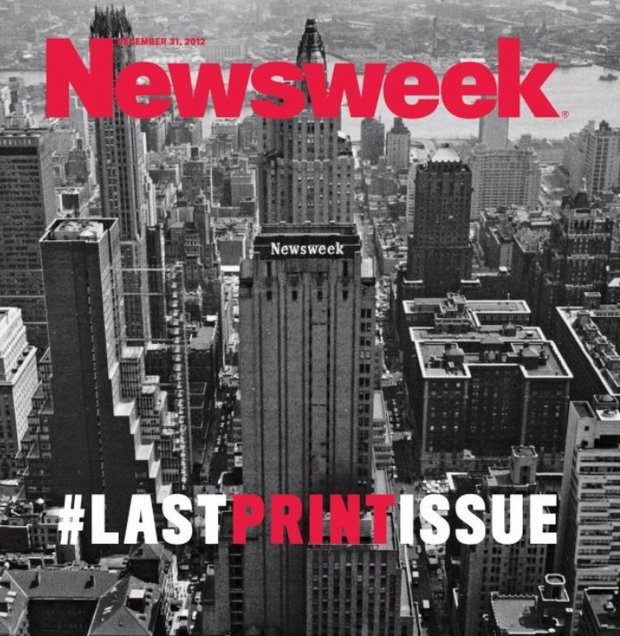Friday I had lunch with an old colleague of mine who is now running a well known federal trade magazine. In addition to catching up in general, he shared with me how he’s trying to adapt the traditional trade magazine business model to an online and mobile world.
This is a theme I’ve covered a number of occasions on Work, Wine and Wheels. The print advertising model is what supported a host of strong vertical publications in the technology space, prior to the rise of the Internet and then social media. The publishing business model has struggled to adapt, and there has been a major contraction.
My friend’s publication is responding with a broader array of offerings than in the past. In addition to editorial coverage of the federal market, they offer conferences, customized conferences and customized editorial coverage. Customized editorial coverage sounded very similar to the kind of content development Strategic conducts for clients.
My friend shared with me however that while the sponsor can dictate the area of coverage, they have no editorial control over the final product. He admitted there is a bit of a contradiction here, since readers probably assume the content was edited to suit the sponsor. And if the sponsor can’t affect the coverage, is this a compelling offering? He also talked about a broader understanding internally that the business side won’t take care of itself just because of editorial excellence – you can’t just “build it and they will come” anymore.
Currently the magazine has a roughly 50/50 split in advertising revenue, print issue to online. Specialized email products have been very successful and are a big part of moving this needle away from print. We had a candid conversation about the challenges of being responsible for the “top of the funnel,” guaranteeing a certain number of leads as part of the customized packages. This is why Strategic focuses on lead identification and moving prospects through a client’s sales pipeline, not promising an often arbitrary and unqualified number of leads.
Eventually, we agreed the printed version of the magazine will be discontinued. Due to certain aspects of the federal vertical, this magazine has a longer runway than some others before that happens. But the trend is inevitable, and they need to keep that revenue split moving away from the print issue.
As a long-time reader who has learned a lot about the federal marketplace from this magazine, I’m glad it is working to adapt its business model to today’s digital realities. In one sense, the decline and consolidation in the vertical trade magazine market is an opportunity for many of my clients. It has created a vacuum in which a well run content marketing and sales integration strategy can succeed.
That said, the entire market will be well served if the current federal trade magazines stay viable by finding a business model for an all digital future.
